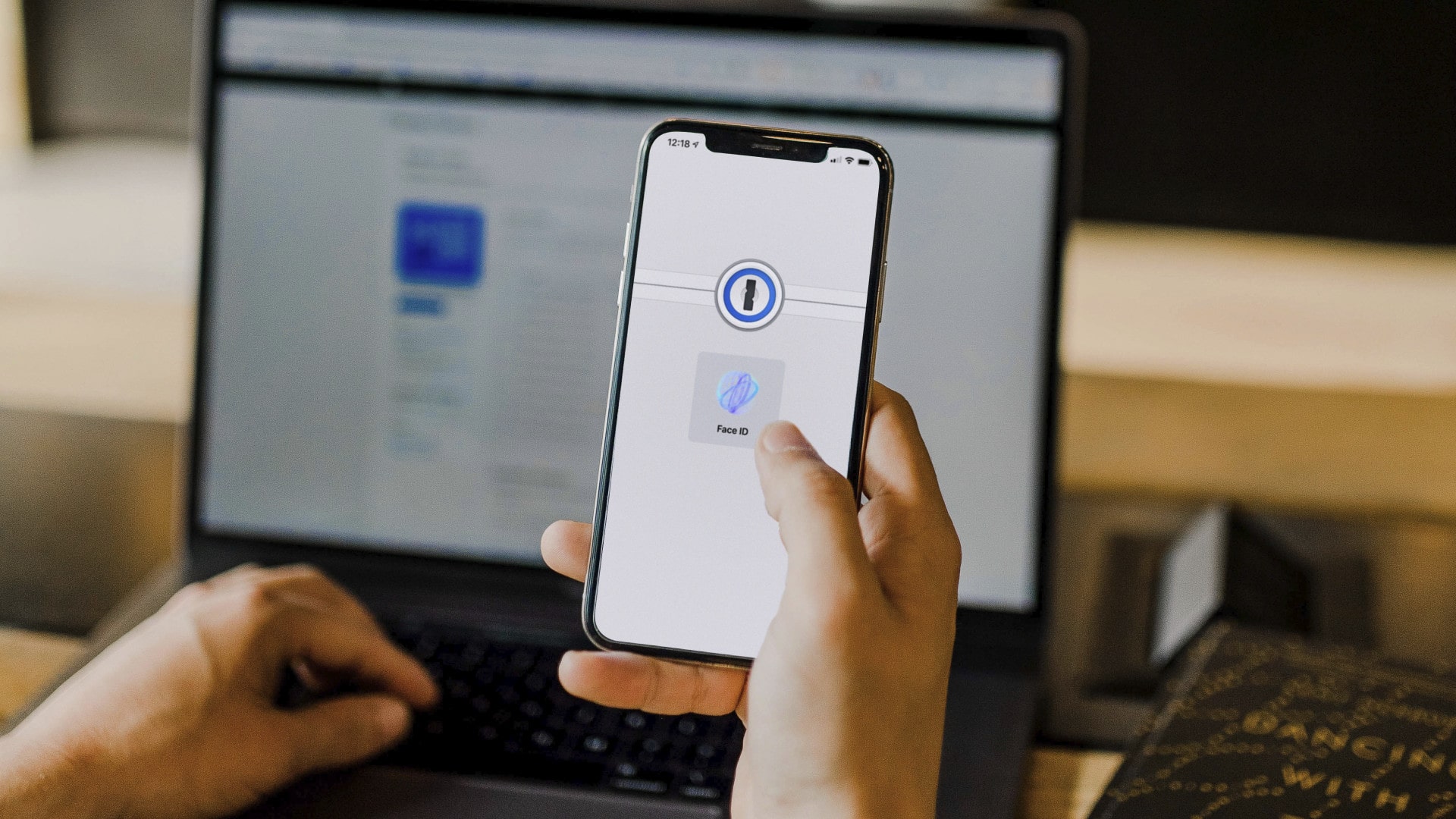
Almost two years after Apple first announced Passkeys, Microsoft is finally rolling out support to all consumer accounts. After teasing us with passkey integration in Windows 11 last year, Microsoft has finally spread the love across all platforms, including Windows, Android, and iOS.
With passkeys enabled, you can generate a passkey that lets you sign in with just your face, fingerprint, PIN, or a security key. Once your passkey is up and running, logging into apps like Word, OneNote, and Outlook will be smoother, letting you use just Face ID or Touch ID.
How do Passkeys work?
Think of a passkey as your digital fingerprint. Rather than using your usual password, you can sign in to all your Microsoft account across all apps. They also work with other apps, such as X, Gmail, and more using Face ID on all of Apple’s best iPhones. Passkeys uses two unique generated passwords unique to your device, one stored online, and one stored on your device. These keys are built on the nifty WebAuthn tech, which is designed to remain secure.
You'll need to be running iOS 17 or later to use Passkeys. They're not mandatory for you to set up, but do make logging in to your accounts easier. Passkeys also help to enhance your account's security, by adding an extra layer of verification. Your Passkey will work across all of your applicable Apple devices, such as iPad and Mac, so long as you’re signed in to iCloud, thanks to the power of iCloud keychain.
Don't worry if you lose your device. You can always fall back on reauthentication methods like your phone number or email, or even a hardware security key if you're extra cautious.







